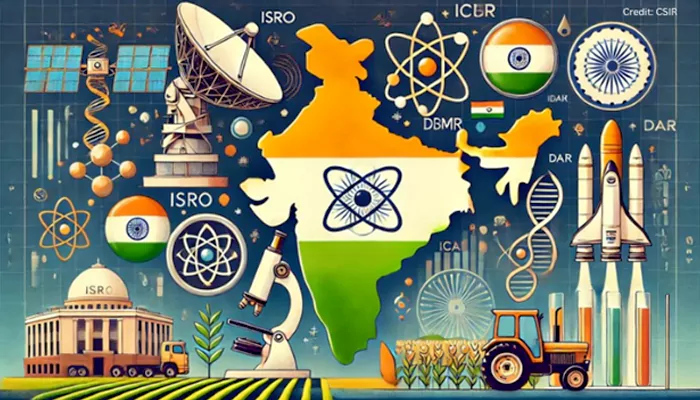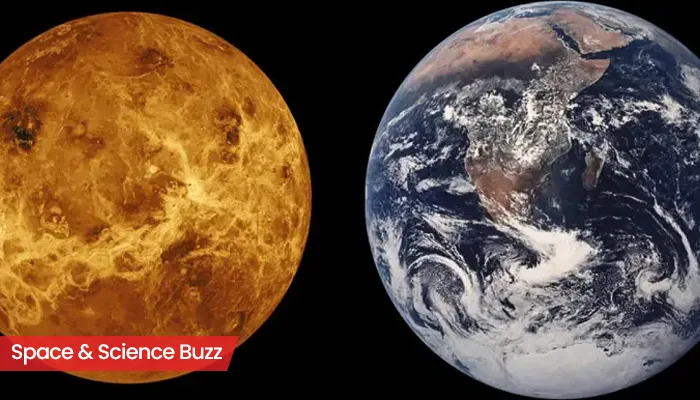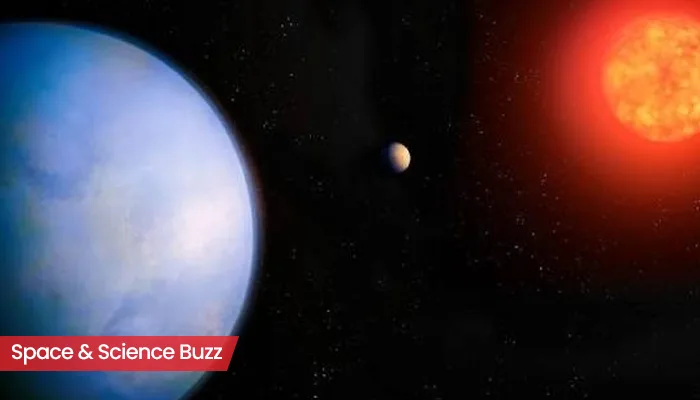
Here are today’s most important updates from the realm of Science and Space.
Thundersnow Strikes! A Rare Weather Phenomenon Hits the East and Midwest
A rare weather phenomenon rumbled across several eastern and central U.S. states this weekend as Arctic air continues to bring heavy snow and freezing temperatures to millions of Americans. Thundersnow happens when a snowstorm is accompanied by thunder and lightning. Thunderstorms occur when warm, moist air rises and condenses in cooler, dryer air above it, forming towering cumulus clouds with positively charged ice crystals at the top and negatively charged graupel at the bottom. The energy from this strike heats up the surrounding air, causing it to explode outward and creating the rumbling sound we know as thunder.
In the Depths of Space: Indian Scientists Unveil a Rising Galaxy
Nascent galaxy discovered in formation at the end of the longest tidal tail of NGC 3785 galaxy
— PIB India (@PIB_India) January 6, 2025
NGC 3785 galaxy is known to possess the longest tidal tail discovered so far. The tail extends from the galaxy and is formed due to gravitational forces ("tidal forces") when two… pic.twitter.com/1664WozUME
(Credit - X/@PIB_India)
Astronomers from from the Indian Institute of Astrophysics (IIA) have made a groundbreaking discovery approximately 430 million light-years from Earth in the Leo constellation, revealing a nascent ultra-diffuse galaxy forming at the end of the longest tidal tail ever observed, associated with the galaxy NGC 3785. The tidal tail, which extends an impressive 1.27 million light-years from NGC 3785, is a result of gravitational interactions between this galaxy and a neighboring one. This finding marks a significant advancement in understanding galaxy evolution and the processes that lead to the formation of such faint structures. Upcoming missions like the Euclid Space Telescope are expected to enhance our ability to detect and study such faint astronomical phenomena.
Green Magic Unfolds: Stunning Aurora Seen from Space Station
Flying over aurora; intensely green. pic.twitter.com/leUufKFnBB
— Don Pettit (@astro_Pettit) January 6, 2025
(Credit - X/@astro_Pettit)
NASA astronaut Don Pettit has captivated audiences worldwide with a stunning video showcasing the vibrant green auroras from the International Space Station (ISS). The footage, shared on January 6, 2025, highlights the breathtaking natural light display as seen from space, drawing admiration from viewers across social media platforms. The auroras are typically visible in high-latitude regions near the Arctic and Antarctic, but Pettit’s video offers a rare glimpse from above, allowing viewers to appreciate their grandeur in a way few have experienced. The mesmerising displays of light not only showcase nature's artistry but also highlight the complex interactions between solar activity and Earth's environment.
Rocketing to Leadership: V Narayanan, Chandrayaan-3 Architect, Becomes ISRO Head

Dr. V Narayanan, a distinguished scientist at the Indian Space Research Organisation (ISRO), is set to become the next chairman, succeeding S. Somanath on January 14, 2025. Currently, he serves as the Director of the Liquid Propulsion Systems Centre (LPSC), where he has made substantial contributions to India's space endeavours over nearly four decades. Notably, he was the Project Director for the C25 Cryogenic Project of the GSLV Mk III vehicle, leading his team to successfully develop the C25 Stage, a critical component for this launch vehicle. His work extends to notable missions such as Chandrayaan-2, Chandrayaan-3, and the Aditya Spacecraft. Dr. Narayanan holds a PhD in Aerospace Engineering and earned his M.Tech with first rank from IIT Kharagpur.



.webp)
.WEBP)
.WEBP)
.webp)
.webp)


.webp)
.webp)
.webp)